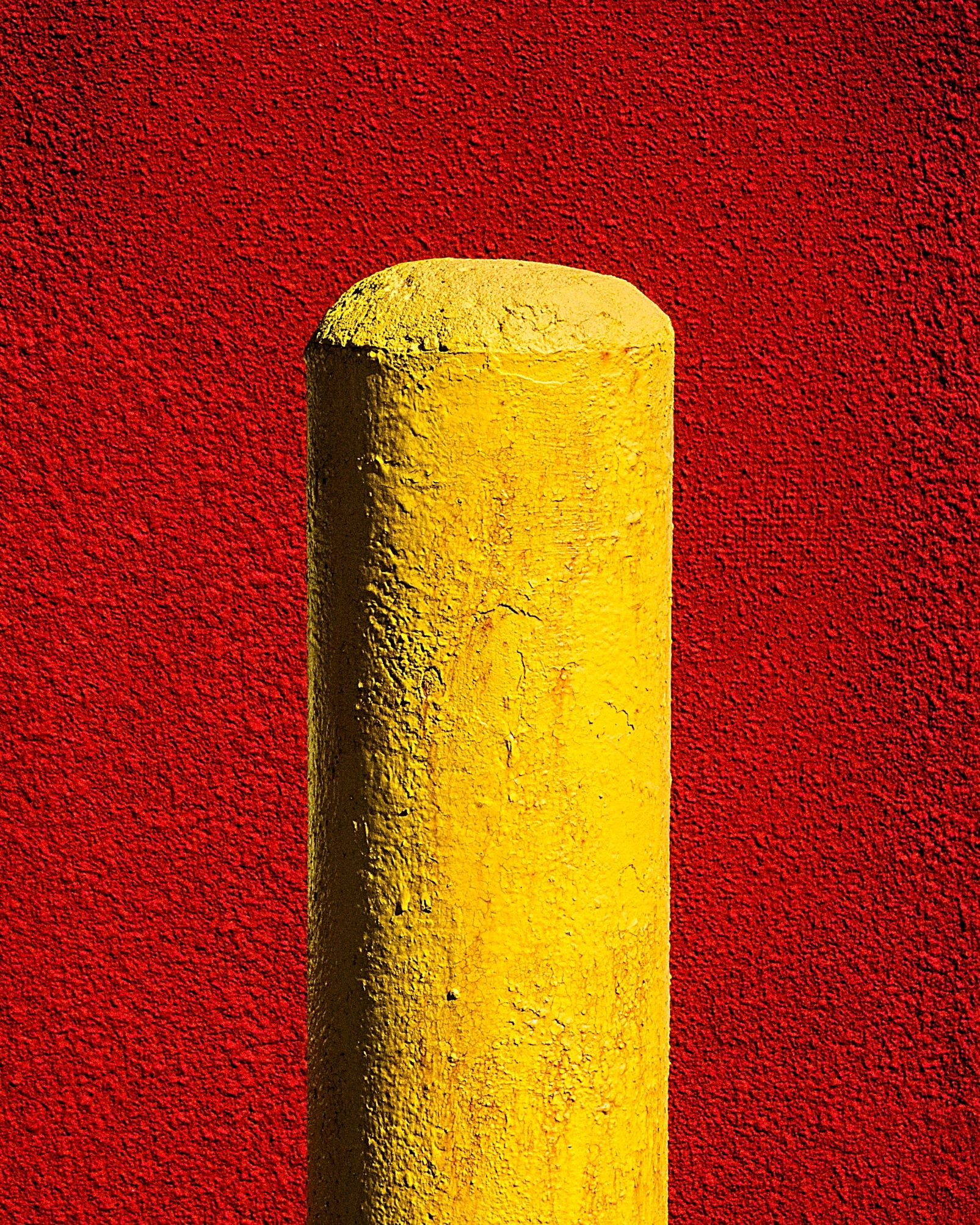this post was submitted on 08 Oct 2023
427 points (98.4% liked)
pics
19584 readers
489 users here now
Rules:
1.. Please mark original photos with [OC] in the title if you're the photographer
2..Pictures containing a politician from any country or planet are prohibited, this is a community voted on rule.
3.. Image must be a photograph, no AI or digital art.
4.. No NSFW/Cosplay/Spam/Trolling images.
5.. Be civil. No racism or bigotry.
Photo of the Week Rule(s):
1.. On Fridays, the most upvoted original, marked [OC], photo posted between Friday and Thursday will be the next week's banner and featured photo.
2.. The weekly photos will be saved for an end of the year run off.
Instance-wide rules always apply. https://mastodon.world/about
founded 1 year ago
MODERATORS
you are viewing a single comment's thread
view the rest of the comments
view the rest of the comments


You'll learn pretty quickly how just aperture affects a photo, in how much depth of field you have. The part that's more nuanced is figuring how zoom plays into that as well. Zoom also compresses the depth in a shot, so to speak. The most extreme version you'll see is towns with mountains towering above them that seem like they're in the back yard, but there's really a ton of distance. It just looks almost flat because the photographer is using a really long lens.
There are apps/calculators that will give you the depth of field for any given focal length and aperture, but I found it to be a lot of trial and error when learning how the various settings work together.